Art is man's expression of his joy in labor
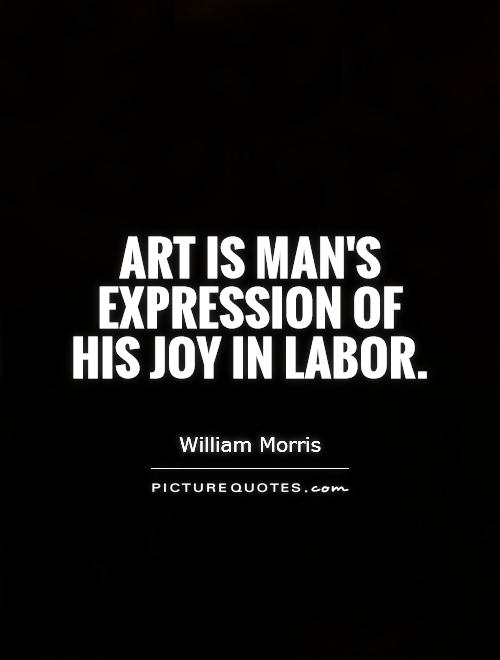
Art is man's expression of his joy in labor
William Morris, a prominent figure in the Arts and Crafts movement of the late 19th century, believed that art was man's expression of his joy in labor. This philosophy was central to Morris's work as a designer, artist, and social activist. He believed that the act of creating something with one's hands was a source of immense satisfaction and fulfillment, and that this joy could be conveyed through the finished product.Morris was a firm believer in the value of craftsmanship and the importance of creating beautiful, functional objects that were made with care and attention to detail. He rejected the mass-produced, machine-made goods that were becoming increasingly common in his time, and instead championed the idea of handmade, artisanal products that reflected the skill and creativity of the maker.
For Morris, art was not just a means of self-expression, but also a way of connecting with the world around him and with other people. He believed that art had the power to inspire and uplift, and that it could bring joy and beauty into people's lives. This belief was reflected in his work as a designer, where he created a wide range of objects, from textiles and wallpaper to furniture and stained glass windows, all of which were characterized by their exquisite craftsmanship and attention to detail.
Morris's commitment to the idea of art as a joyful expression of labor extended beyond his work as a designer. He was also a passionate advocate for social reform, and believed that art had the power to transform society for the better. He founded the Kelmscott Press, a small publishing house that produced beautifully crafted books, as a way of promoting the values of craftsmanship and beauty in an age of industrialization and mass production.



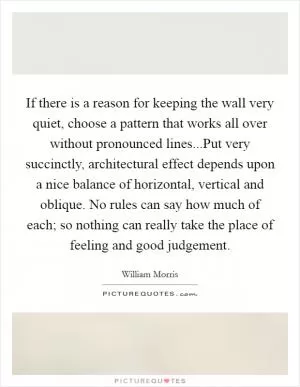

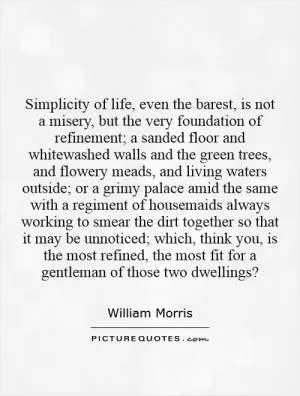
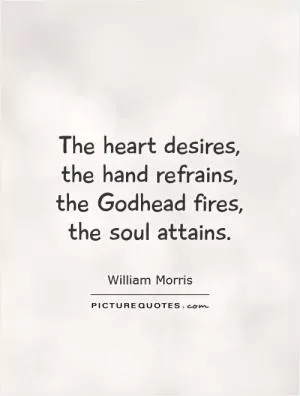


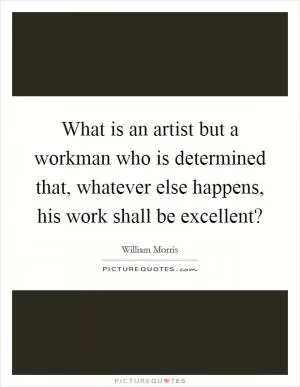
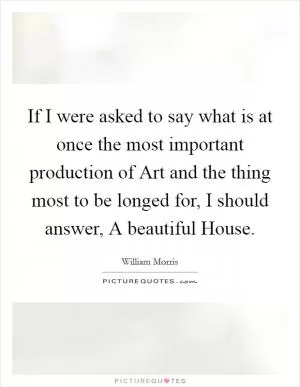
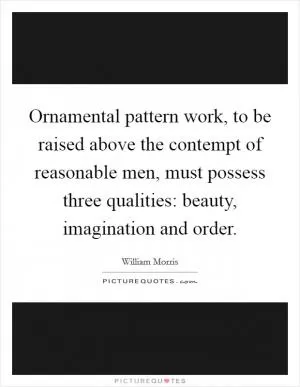
 Friendship Quotes
Friendship Quotes Love Quotes
Love Quotes Life Quotes
Life Quotes Funny Quotes
Funny Quotes Motivational Quotes
Motivational Quotes Inspirational Quotes
Inspirational Quotes